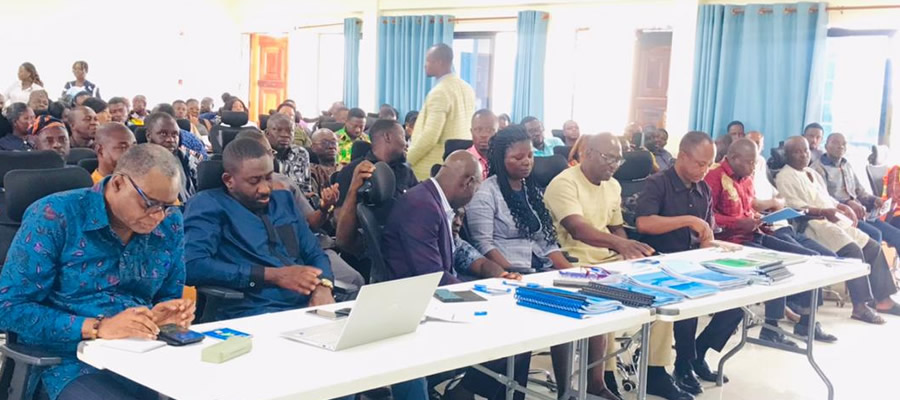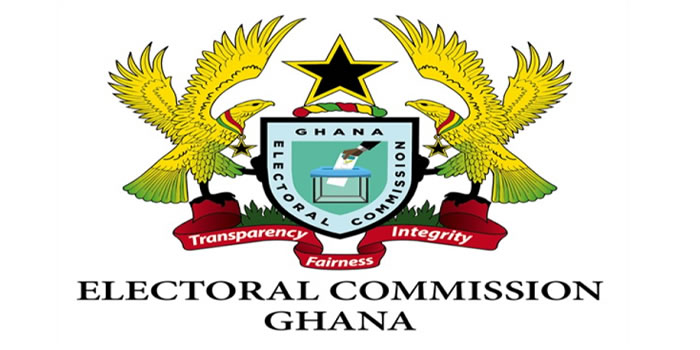

In the Annual Plan, more detailed activities to be undertaken in the implementation of projects selected for the first year of the medium term planning period (2006) are presented. The Annual Plan, also known as the Action Plan serves as the basis for disbursement of all funds for the first year. For this reason, it is closely linked to the Annual Budget of the Assembly. Details on each project is indicated, and includes the activity, location, time frame, implementing agency, cost of project, funding agency and the responsible agencies for monitoring and evaluation.
Development prospect
Development Prospects for 2006-2009
Forecasts and projections are critical in trying to assess future needs in the development planning process. It enables future populations to be better served with, basic needs and facilities and infrastructure. In the ensuing discussion, the current population is projected for the plan period, that is, 2006 – 2009 as a basis for projecting facilities and services required in the future.
Population Projection
The population growth rate is estimated as 2.6% (using the Exponential Regression Model). See these formulae in Appendix xxx. By the end of the plan period, the present population would have increased by 9.5%. The projected population is shown in Table 3.5. The underlying assumptions guiding this projection are:
1. Migration is constant
2. Birth and death rates are constant
3. Proportions of age cohorts will remain constant
Educational Projection
Projections in the educational sector are under two main categories the number of teachers required and the number of school infrastructure required. The overarching assumption in the educational projections is that all children in the school going age will be in school during the plan years.
A. Nursery
The planning standard for enrolment of nursery children is:
1 classroom enrolment = 40 children
Assumptions:
1. 1 nursery school will be a 2 unit classroom housing Nursery 1&2
2. All backlogs will be catered for in each plan year
B. Primary
1 classroom enrolment = 40 children
Assumptions:
- Age range for primary school is (5-12) years
- 1 primary school = 6 unit classroom block
- All the low grade schools, i.e. mud walls and pavilions without walls will be upgraded
From the analysis, a total of 68 primary schools are available – 64 public schools and 4 private schools. The schools by grades are:
• Permanent = 42; 38 public and 4 private
• Mud walls = 14
• Pavilions without walls = 10
• Pavilions with walls = 2
4. All backlogs in each plan year will be provided
C. Junior Secondary Schools (Jss)
1 classroom = 40 students
Assumptions
1. 1 JSS = 3 unit classroom block
2. The age group for JSS is (12-15)years
D. Senior Secondary School (SSS)
1 classroom = 30 students
Agriculture
The development of the agricultural sector in the municipality, among others, depends on the effectiveness of the extension system. This relates to the availability of adequate extension agents and the quality and relevance of the services they render to the farmers.
The projection of needed AEAs is based on an assumption that the municipality economy which is currently dominated by agriculture employing 64 percent of the active labour force does not change. On the other hand if the employment situation of the economy changes, and the other sectors - industry and services - gain prominence at the expense of the agriculture sector, then the AEA requirements as projected above may drop.
Assumptions
- Backlogs at each plan year will be provided
- The district economy which is currently dominated by agriculture does not change 70 per cent of the active labour force
Assumptions
1. The unemployment rate during the next three years is not varied
2. The net migration will remain constant
3. The unemployed population is employed by agriculture sector and the small scale enterprises.
Assumptions
- Backlog will be provided timely to meet the population needs
- Lower order facilities would be upgraded to lessen burden on the district hospital
- Accessibility to facility’s catchments area would be standardized for fairly evenly distribution to service delivery
Implementation plan
The district plan has been formulated for projects whose implementation will culminate in the realisation of the districts overall goal for the Medium Term (2006-2009) Development Plan – improve the living standard o the people through effective resource mobilization.
The development programmes and projects have been phased out year by year within the five year period. These projects are translated into an Annual Plan which specifies what action is to be undertaken, by whom, at what time and cost.
The five year Medium Term Development Plan contains projects which are organized under three main thematic areas as identified under the GPRS II.
Medium Term Development Plan: 2006-2009
This section includes projects and programmes to be implemented in the medium term (2006-2009), under the three main thematic areas of the GPRS II –Private sector-led growth, Human Resource Development and Good Governance.
Among the basis for the selection of projects includes;
- Projects with high returns to resource inputs;
- Projects that serve as a spring board to the successful implementation of projects in the long term;
- Projects that directly serves the need of poor groups and address gender concerns;
- Projects that have verifiable funding sources;
- Projects that promote efficient mobilization of natural, human, financial, institutional and infrastructural resources for development in the district;
- Projects that promote immense private sector involvement and stability of the district’s micro economy;
- Projects that promote human resource development and good governance.
Logical framework
The logical Framework has been adopted to logically organize the various components of development programme identified under the thematic areas of the Ghana Poverty Reduction Programme. It shows the overall development goal, purpose, output and activities. The framework also contains objectively verifiable indicators to measure achievements under the targets set under the assumed political, social and economic environment during the planned period. The means by which the various indicators can be measured is also shown.
Date Created : 11/10/2017 3:10:40 AM












 facebook
facebook
 twitter
twitter
 Youtube
Youtube
 +233 593 831 280
+233 593 831 280 0800 430 430
0800 430 430 GPS: GE-231-4383
GPS: GE-231-4383 info@ghanadistricts.com
info@ghanadistricts.com Box GP1044, Accra, Ghana
Box GP1044, Accra, Ghana